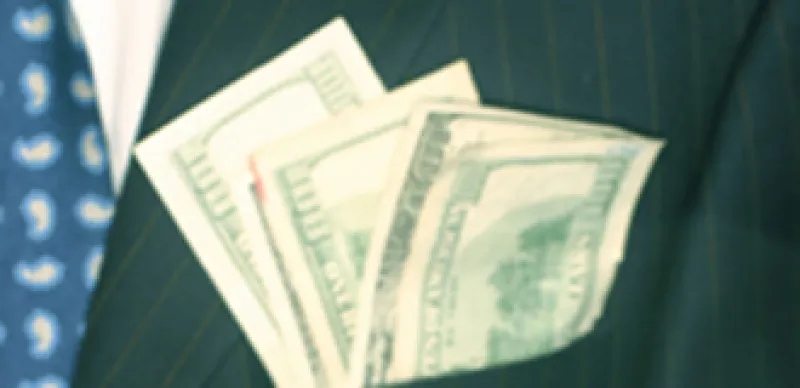
Help Yourself: The Return of the Dividend Recap Deal
The dividend recap deal, in which a company borrows money to pay a special one-time dividend to shareholders, is making a comeback.
Steve Rosenbush
February 14, 2011


